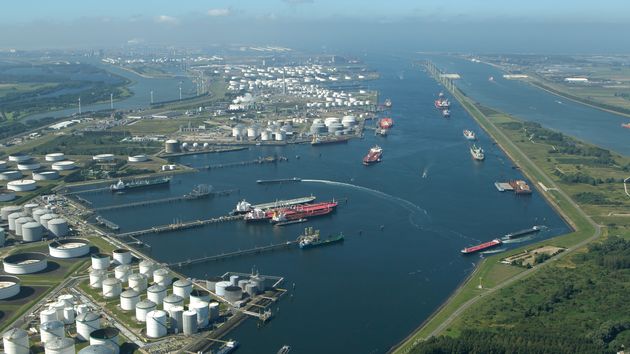The Netherlands – An effort led by the Port of Rotterdam Authority has launched a research into the feasibility of establishing a large-scale ammonia cracker to allow for the import of 1 million tons of hydrogen per year for the decarbonization of industry and transportation.
Fluor has been commissioned by the participants to investigate the feasibility of a big central cracking facility in the port area to turn imported ammonia back into 1 million tons of hydrogen per year. The hydrogen can either be used at the port or transferred further afield via pipelines to help decarbonize other industrial clusters in North-West Europe. In general, one million tons of green hydrogen can allow the reduction of around ten million tons of CO2.
Energy transition
Hydrogen and derivatives such as ammonia will be critical in the energy transition, serving as a replacement for natural gas, a raw material for industry and green chemistry, and a support for sustainable transportation. A significant portion of the hydrogen for North-West Europe will be imported, including ammonia, which is easier to ship than hydrogen.
The effort also comprises Air Liquide, Aramco, bp, Essent/E.ON, ExxonMobil, Gasunie, GES, HES international, Koole Terminals, Linde, OCI, RWE, Shell, Sasol, Uniper, Vopak, and VTTI in addition to the Port of Rotterdam Authority. The technical, economic, environmental, and safety needs of a major cracking facility will be investigated in the pre-feasibility study. The study’s preliminary findings are expected in early 2023.





